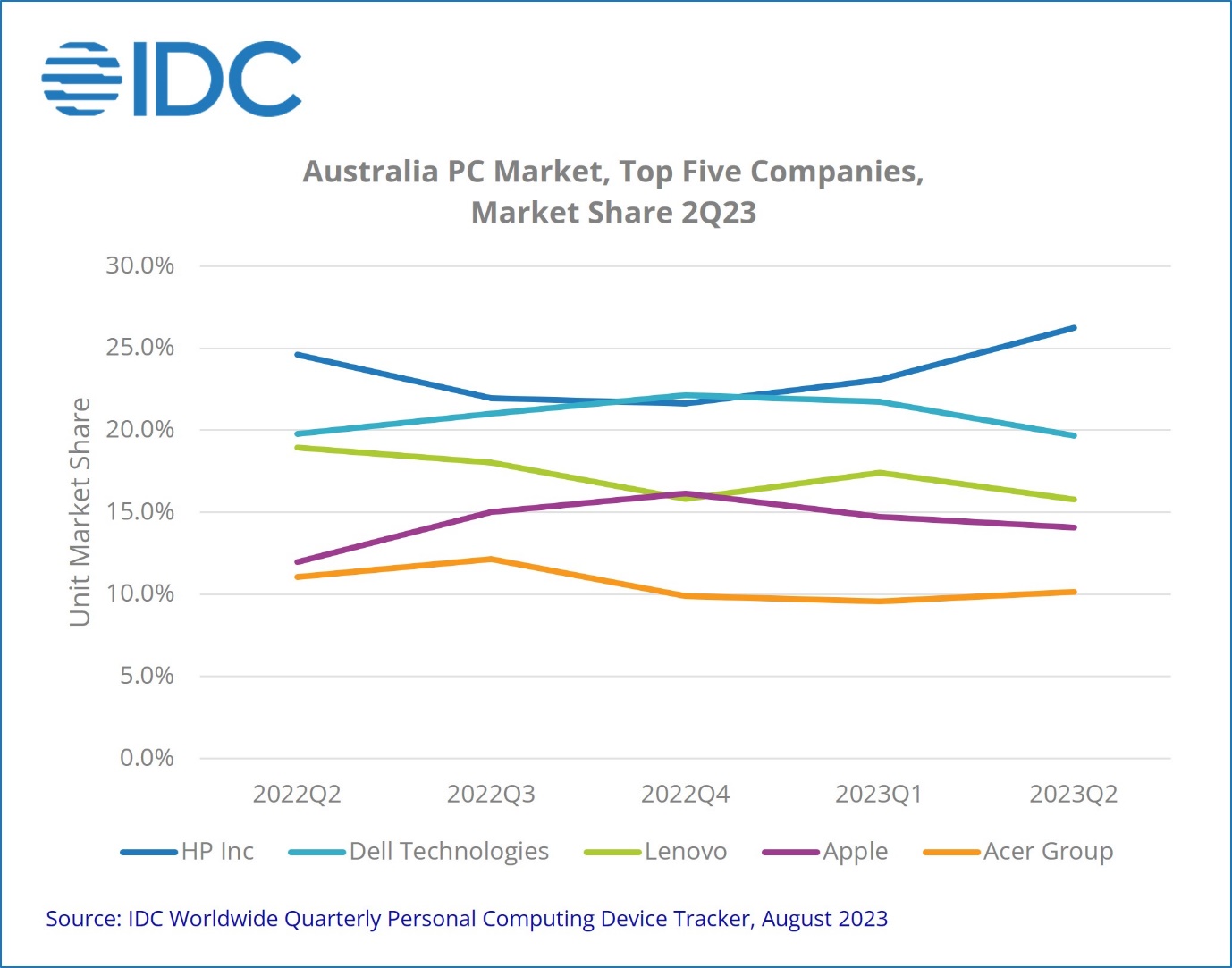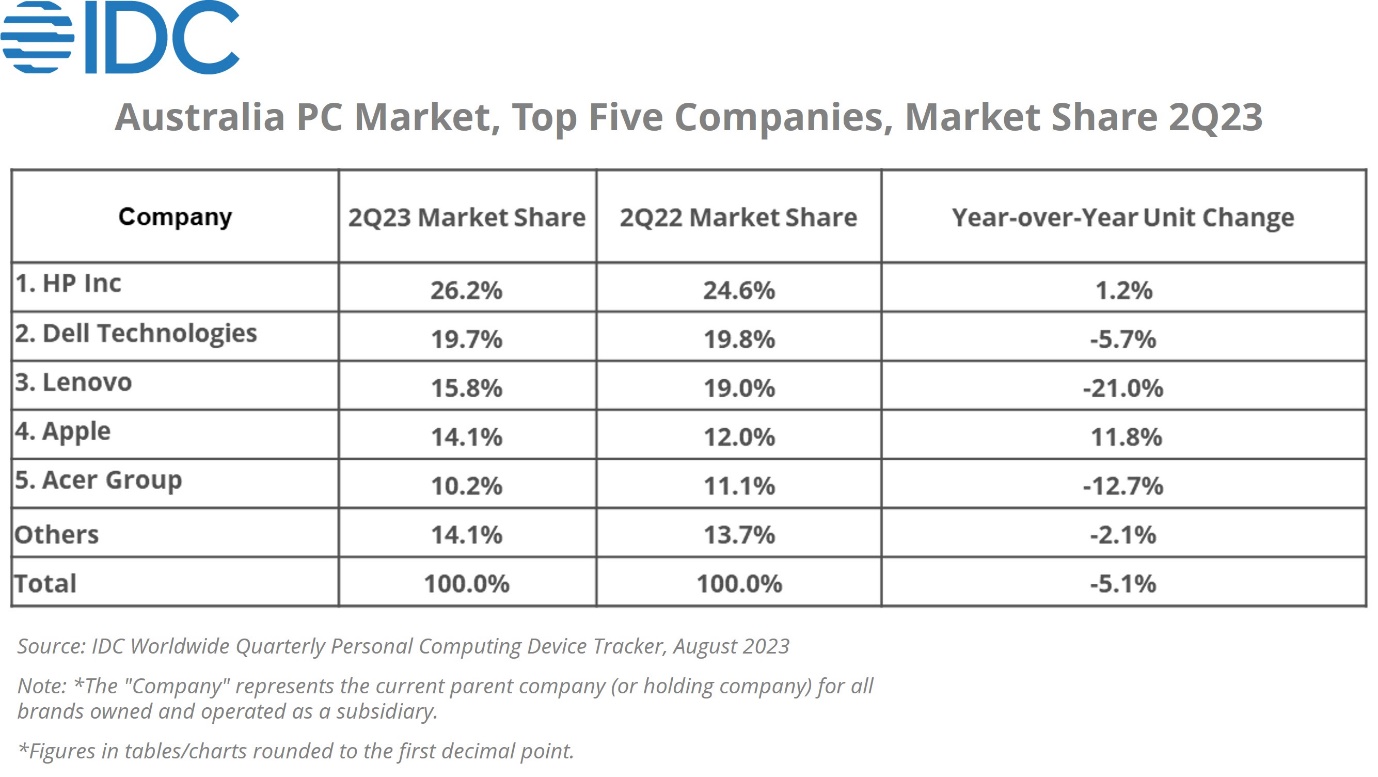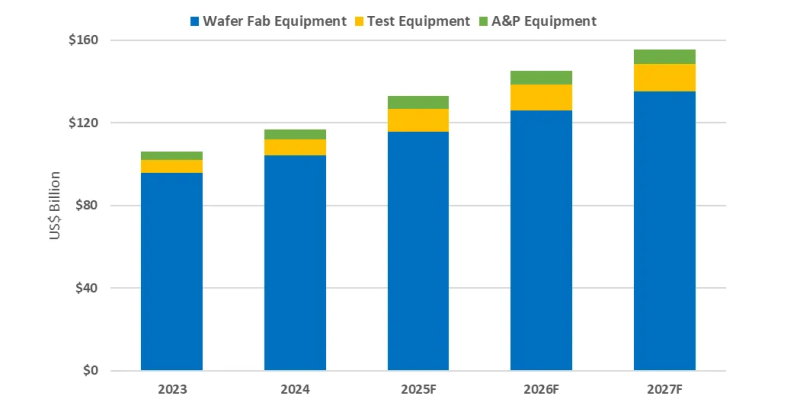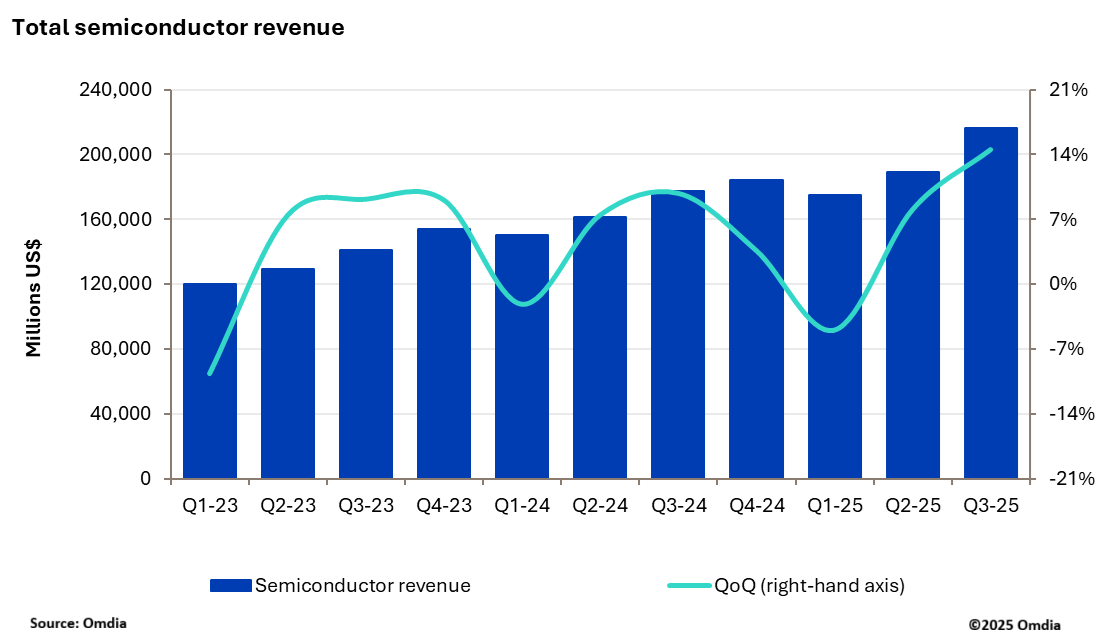According to the International Data Corporation (IDC) Worldwide Quarterly Personal Computing Device Tracker, Australia’s traditional PC market, inclusive of desktops, notebooks, and workstations, declined by 5.1% YoY in 2Q23 shipping 1,056,969 units.
The consumer segment declined by 13.6% YoY due to weakening purchase sentiment and rising cost of living. However, due to aggressive promotions and deals, the market grew quarter-on-quarter (QoQ). The commercial segment grew by 2.6% YoY driven by an increased demand from the Government and Education sectors. The demand for Chrome in the education sector exhibited robust growth, with a healthy YoY increase of 20.6%.
“Rising interest rates, coupled with increasing living expenses are restricting consumer spending. However, some improvements are expected in the second half of the year, as major market players will augment their preparations for the holiday season with new product launches and focus on generating demand,” said Sharmishtha Bhatt, Sr. Research, Personal Computing Devices Research, IDC Australia.


2023 outlook
The Australia PC market is expected to decline by 11.1% YoY in 2023 due to the prevailing macroeconomic situation, inflation, and uncertainty in the market. However, the year-end sales in Q4 are expected to bring some relief. IDC expects the PC inventory to stabilize, and some uptick in demand by the beginning of 2024.
Notes:
Stay up to date with the latest in industry offers by subscribing us. Our newsletter is your key to receiving expert tips.

Worldwide semiconductor equipment sales are projected to grow 13.7 percent in 2025, reaching a record 133 billion dollars, Semi announced at Semicon Japan. This momentum is expected to continue throug

The smartphone industry is facing considerable cost challenges in 2026 amid ongoing memory supply shortages and rising prices. This situation is expected to lead to a 1.6% decrease in annual shipments

New research from Omdia shows that the semiconductor market delivered a record breaking performance in 3Q25 with industry revenue reaching $216.3bn, up 14.5% quarter-over-quarter (QoQ). This marks the